This past Wednesday, #1 Duke hosted #8 North Carolina for one of the most highly-anticipated men’s college basketball games in recent memory. Tickets were selling at Super Bowl-like prices, not just to see the two storied programs clash, but also to witness what was sure to be a marquee performance by one of the most talented and exciting college athletes ever—Duke’s Zion Williamson.
Just an 18 year old, standing 6’ 7” and weighing 285 lbs., Williamson’s unique combination of extraordinary basketball skill and incredible athleticism had captured the attention of all college basketball fans, international news media, and every NBA team, making him the odds-on favorite to be the first choice in the league’s next draft. Then the unimaginable happened.
Just 33 seconds into the game, Williamson received the ball, took a few dripples, planted his foot near the foul line, and fell awkwardly to the floor, while a look of pain raced across his face. As those watching gasped, the cause of the slip quickly became apparent: Williamson’s foot had burst through his Nike sneaker. Camera footage even caught former President Obama, pointing to the court and saying “His shoe broke.”
The story spread like wildfire over traditional and social media, as sports analysts, basketball fans, and others reacted. Many expressed amazement at the occurrence. Rival sneaker maker Puma tweeted snarkily “wouldn’t have happened in the pumas.”
Nike execs were undoubtedly reeling from what must have felt like their worst nightmare: The best known player in college basketball and a likely NBA superstar had just suffered an injury because of their shoe. Not only did the chances of signing Williamson to a future multi-million-dollar endorsement deal drop precipitously, the endless images of the prodigy wreathing in pain with foot popped through the side of his Nikes, was a picture that athletes and other sneaker buyers would not soon forget.
Nike did wish Williamson well: “We are obviously concerned and want to wish Zion a speedy recovery.” The same company spokesman added, “The quality and performance of our products are of utmost importance. While this is an isolated occurrence, we are working to identify the issue.” Still, the day after the blowout, Nike’s stock fell by 1.05%.
Was Nike simply the sufferer of a very unfortunate accident at one of the worst possible moments? Probably not. It seems that Williamson’s shoe blowout could have been predicted and prevented in light of previous player experiences, as well as others’ product reviews.
In 2016, the foot of Orlando Magic’s Aaron Gordon blew through the side of some Nikes when he landed after a dunk. Two years earlier, in the same NBA season, Golden State’s Andrew Bogut, the Spur’s Manu Ginobili, and the Sixer’s Tony Wroten, all experienced major Nike malfunctions.
Of course, one can argue that Williamson and these professional athletes put more strain on a pair of basketball shoes than the average sneaker wearer does, which is probably true. Many average wearers, however, also have experienced quality issues with their Nikes. Some have been frustrated enough to upload their sneaker stories to YouTube, for instance:
- One consumer shows how the soles separated from the rest of his $200 Nikes after limited wear.
- Another tells how several different pairs of his Air Jordans have fallen apart after moderate use.
- A golfer shows how the soles came off his new-looking Nike golf shoes while playing.
- Another user shows how his Nike Shox are falling apart after about six months. He laments, “I spend so much money on a shoe, and this is what it comes down to. I thought better of Nike, but this is what it is, y’all.”
Besides these sad stories, others have posted about similar durability issues with their Nike Air LTD’s, their Nike TN’s, and their Nike SB Diamond Dunks.
Four years ago Nike pulled the Lebron 12 from the market on the day of its scheduled release due to quality concerns. About three years ago KicksOneTwo noted ongoing quality control issues with Nike sneakers.
But, Nike’s annual footwear revenue is over $21 billion, which means it sells hundreds of millions of shoes a year, so aren’t there bound to be some production problems? Yes; however, it’s curious that in so many of the defect videos, the problem is the same even for different kinds of Nikes—the shoes just come apart, similar to the way they did for Williamson and for the NBA players mentioned above.
I’ve also had a similar experience with the brand. It had been several years since I’d gone running, when I decided to put on an old pair of Nike running shoes I owned and take a jog around the neighborhood. It wasn’t long into the run when I started to hear an unusual noise and feel a flapping under my feet. I soon realized the soles were falling off my running shoes. Granted, it was an old pair of sneakers. Still, I’ve owned many different styles and brands of athletic shoes over the years, including ones that I’ve worn much harder, but that’s been the only time anything like that has happened to me.
So, maybe Nike does have quality issues that need to be addressed, but some may be wondering what they have to do with the company’s marketing? Well, effective marketing involves much more than what a company says, or communicates.
Every marketing students learns the four P’s of the traditional marketing mix: product, place, promotion, and price. A primary objective of an entire organization, not just its marketing department, should be to ensure that each “P” meets the target market’s needs, as well as the organization’s goals, ultimately creating a mutually beneficial exchange.
However, if a company’s product is deficient in some way, it may overcompensate with another P, often promotion, which reminds me of a metaphor I've used before—baking a cake. Sometimes a cake comes out of the oven with cracks, which can be hidden with a layer of icing. The deeper the cracks, the thicker the icing needed to cover them.
It seems that Nike shoes on whole have some “cracks,” which the company has adeptly covered over the years through enticing layers of communication, ranging from highly-produced TV commercials, to prominent team sponsorships, to superstar endorsers.
That’s not to say that Nike’s value proposition is just a façade—not by a long shot. The company generally makes good quality products that serve people well, otherwise it wouldn’t be the world’s most valuable sports brand. Still, a significant number of people probably do buy into Nike more because of the icon’s icing than the consistency of its cake.
I still haven’t seen from Nike a true apology to Williamson for the shoe blowout. Saying that it wishes him well and promising to investigate the issue do not constitute a confession. Perhaps for legal reasons, Nike really hasn’t taken ownership of the incident.
No company or product is perfect; accidents happen. However, even for a company as big as Nike, the reoccurrence of such high-profile product malfunctions should give everyone pause, from the guy wanting to jog around his neighborhood to the next NBA superstar looking to ink a multi-million-dollar shoe deal. Nike will recover from the latest incident, but the injury to Williamson and the damage to the company's brand make what led up to the shoe blowout “Mindless Marketing.”
Learn more about the Mindful Matrix and Mindful Meter.
Check out Mindful Marketing Ads and Vote your Mind!

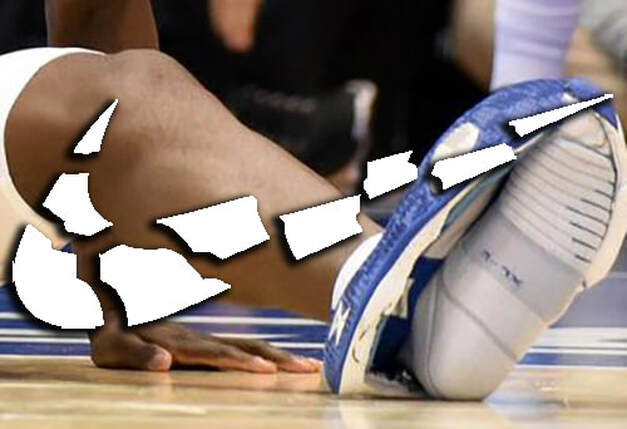
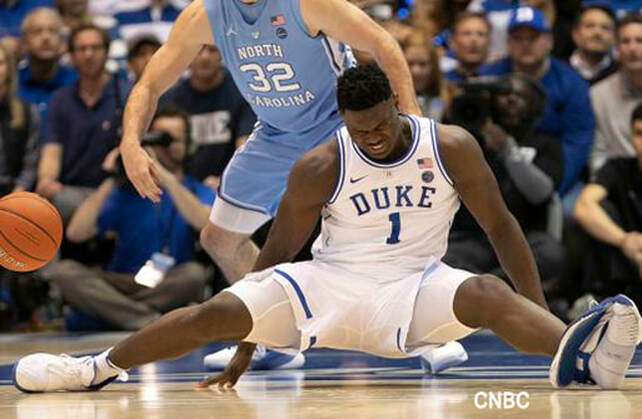
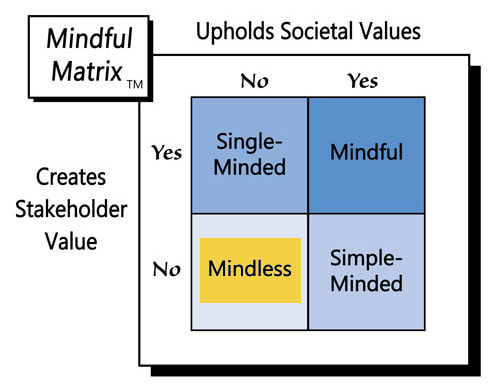
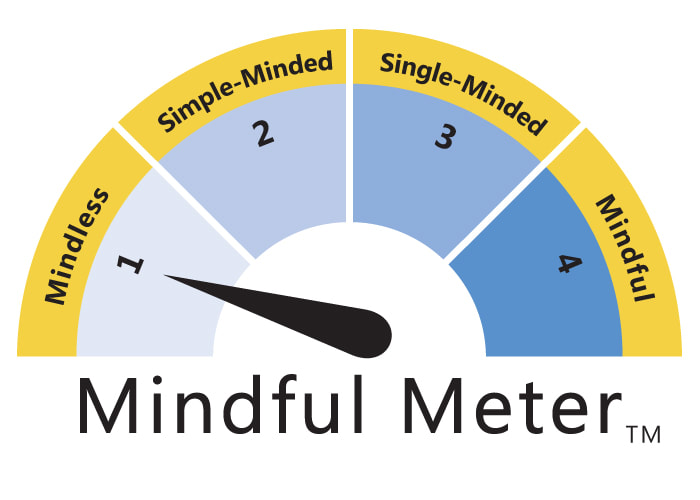
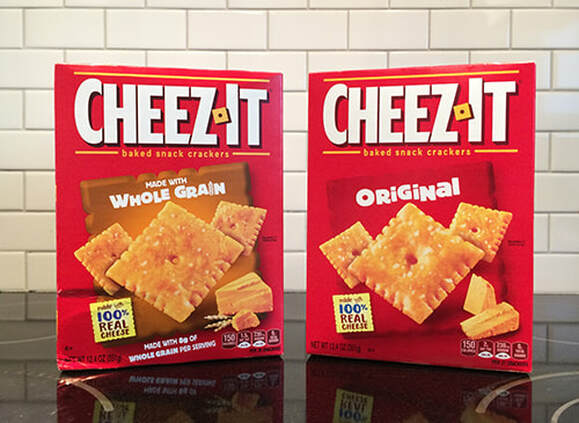
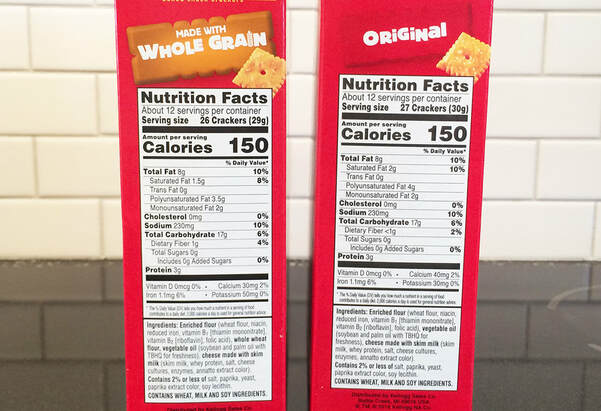
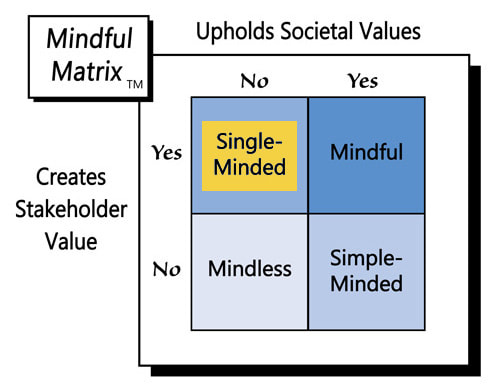

 RSS Feed
RSS Feed